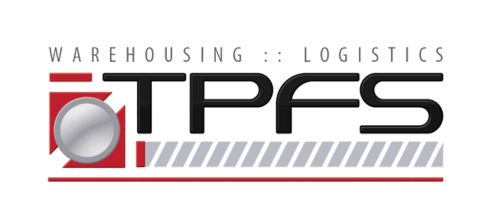In an era where customer expectations are at an all-time high, and the marketplace is more dynamic than ever, demand forecasting has become a critical tool in the arsenal of Third-party Logistics (3PL) providers. An accurate forecast enables 3PL companies to prepare for the future, optimize resources, improve customer satisfaction, and ultimately drive profitability. Let's delve into the strategies currently being utilized to enhance demand forecasting in the industry.
Leveraging Advanced Analytics: Traditional demand forecasting methods are giving way to more advanced analytics solutions, harnessing the power of machine learning and AI. These technologies can process vast amounts of historical and real-time data, identify complex patterns and provide more accurate demand predictions.
Utilizing Big Data: In today's digital age, an enormous amount of data is generated every minute. This big data – from market trends, customer purchasing habits, social media sentiment, and more – can be a goldmine for demand forecasting if utilized effectively.
Real-time Monitoring: With technology enabling real-time tracking of goods, monitoring of sales, and observation of market trends, demand forecasts can now be updated in real-time, allowing 3PLs to respond quickly to any changes.
Integrating Systems: Integrating demand forecasting systems with other supply chain management systems can provide a holistic view of the supply chain. This allows 3PLs to coordinate more effectively with suppliers, transporters, and customers, improving overall supply chain efficiency.
Collaborating with Stakeholders: Collaborating with suppliers, customers, and other stakeholders can provide valuable insights and improve demand forecast accuracy. Sharing data and maintaining open communication channels can enhance understanding of demand drivers and facilitate more precise predictions.
Continuous Learning and Improvement: Demand forecasting should be an iterative process, with constant learning and improvement. Regularly reviewing forecast accuracy, identifying errors, and adjusting models accordingly is essential for refining the forecasting process.
By implementing these strategies, 3PL companies can improve their demand forecasting capabilities and better prepare for future demand. This, in turn, helps optimize resource allocation, reduce costs, improve customer service, and drive profitability.

